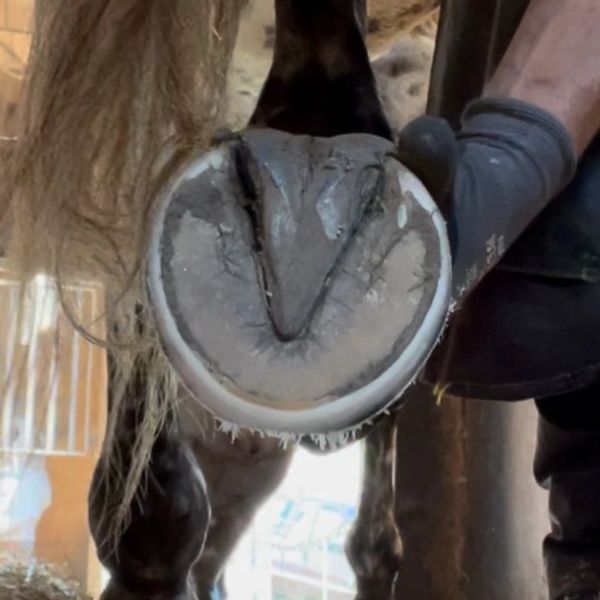Barefoot Rehab and Trimming in Vermont

Wildrose Barefoot Trimming
Deanna Stoppler is a certified hoof care practitioner who provides barefoot trimming and rehabilitation services for horses in Vermont.
Certified Practitioner
Certified Practitioner
Certified Practitioner

In 2021, after nine years of practicing farriery, I transitioned away from the application of horsehoes and focused on barefoot rehab and trimming. I went back to school, achieving my Practitioner Certification with Progressive Hoof Care Practitioners.
Proper Hoof Care
Certified Practitioner
Certified Practitioner

The focus of my practice is to build a healthy foot from the inside out. Developing the caudal hoof by increasing circulation and building internal structures via a heel first landing. Boots are used for rehab but I strongly believe that if owners can’t manage boots appropriately, and the horse is in chronic pain without boots, then the owner should seek out a professional who can apply composite shoes. In the past, I offered composite glue ons as part of my practice but prefer to focus on building hoof health without them—boots, when use PROPERLY, achieve amazing results and are healthier for the hoof.
Healthy Horses
Healthy Horses
Healthy Horses

Proper trimming, a forage based diet, movement and exercise, and enrichment for horses are the keys to optimal feet and to healthy, sound horses.
Teaching
Healthy Horses
Healthy Horses

As the horse owner it is important for you to expand your knowledge of hoof care. Ask me anything! I am passionate about teaching and enjoy teaching owners to trim their own horses and am also a Certified Mentor with the Progressive Hoof Care Practitioners organization.
Send an email
Copyright © 2024 Wildrose Barefoot Trimming - All Rights Reserved.